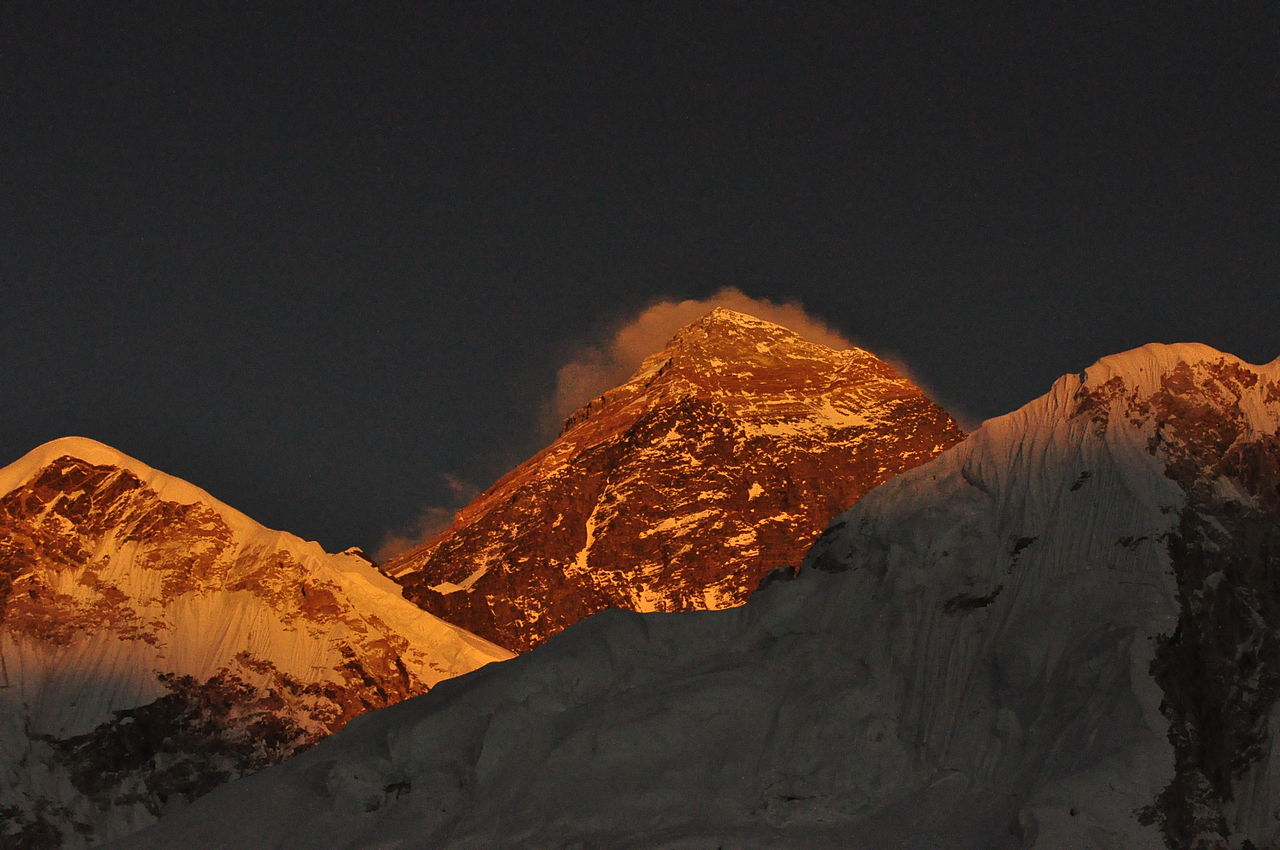Another story that broke while I was away is the news that Nepal is once again looking to set new rules to govern climbers attempting Everest and other major Himalayan peaks. These rules are often presented under the guise that the Nepali government is looking to improve safety, although often it seems they are mostly meant to give the appearance that officials are actually trying to do something of substance, without really accomplishing much at all.
That seems to be the case with these new rules as well, which do very little to alter the climbing scene on the world’s highest mountain.
According to The Himalayan Times, the Nepali government is considering banning solo attempts on its Himalayan peaks, as well as banning mountaineers who are completely blind, have double amputations, or are over the age of 75. Of course, those all sound like reasonable restrictions to make, but when is the last time you’ve heard of a bling person attempting to summit Everest? After Erik Weihenmayer did it back in 2001, I’m not sure it has even been attempted again.
And while double amputees have attempted Everest on several occasions, it isn’t a common occurrence either. In other words, those two rules will impact a very small percentage of people.
As for the age restriction of being under 75, this is a good rule to be sure, even if it also impacts only a handful of potential climbers. The problem is, Nepal has instituted age limits – both minimum and maximum – in the past, only to ignore them when it suits their needs. The 75 years old number has been bandied about several times in the past, and now it is cropping up once again.
Other proposed changes to the Mountaineering Expedition Regulation include restricting helicopter rides above Base Camp, providing summit certificates to Sherpas, and requiring that all climbers who attempt an 8000-meter peak first have summited a 7000-meter peak as well. Each of these sounds a lot more reasonable and long over due. The use of choppers on the big mountains should definitely be limited, and Sherpas should receive a summit certificate for their efforts as well.
The requirement of having experience on a 7000-meter mountain would also go a long way towards improving safety on Everest and other 8-thousanders, and would push some of the crowds off to Nepal’s lesser visited peaks first.
As mentioned, these new regulations are all up for review, and have been submitted to the Department of Tourism in Nepal. How soon they’ll decide on the proposal remains to be seen. And if the rules are adopted, how much they are enforced will remain open to conjecture as well.
- Gear Review: The Xero Scrambler Mid is an Ultralight Hiking Shoe for Spring - March 1, 2023
- Gear Review: Yeti Roadie 48 Wheeled Cooler - August 18, 2022
- Kristin Harila Continues Pursuit of 8000-Meter Speed Record - August 16, 2022
